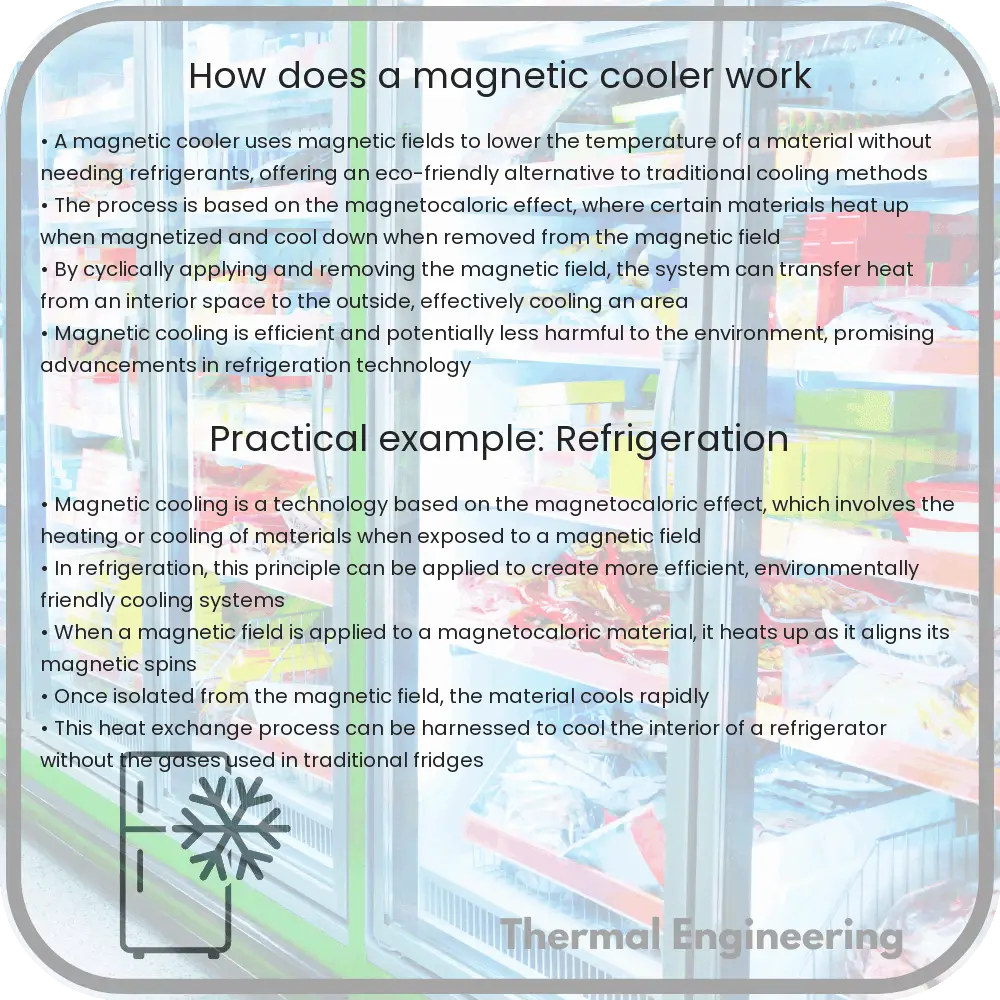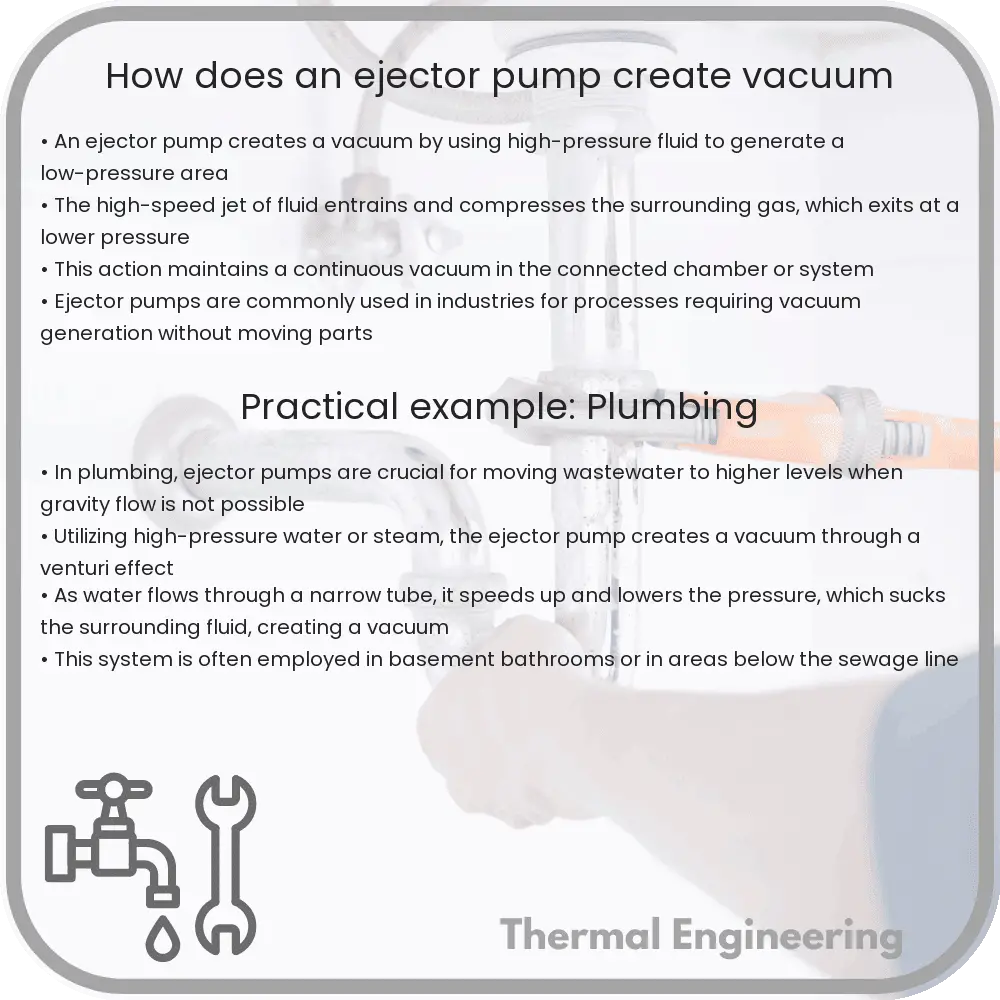Learn about parabolic trough solar collectors, their design, functionality, and how they efficiently generate electricity using solar power.

Understanding Parabolic Trough Solar Collectors
Parabolic troughs are a type of solar thermal collector technology, primarily used to generate electricity in large-scale power plants. These collectors are uniquely designed to focus the sun’s energy on a singular point or line, thereby concentrating the heat and making the process of converting solar energy into electricity more efficient. In this article, we’ll explore how parabolic troughs collect solar energy and their role in renewable energy generation.
The Design of Parabolic Troughs
A parabolic trough is shaped like a long, curved mirror, with a parabolic cross-section that reflects and focuses sunlight onto a receiver pipe located at the focal line of the parabola. The trough is typically made of a reflective material such as polished aluminum or silver-coated glass to maximize sunlight reflection.
Components and Their Functions
- Reflective Surface: The large, curved mirror that directs and concentrates solar radiation.
- Receiver Tube: Positioned along the focal line, this tube, also known as an absorber tube, contains a heat transfer fluid.
- Metal Frame and Tracking System: Supports the trough and enables it to pivot towards the sun, maximizing exposure throughout the day.
How They Work
The operational principle behind a parabolic trough is based on the laws of reflection and focus. Sunlight strikes the reflective surface of the trough and is redirected towards the receiver tube at the focus of the parabola. This process is often referred to as concentrating solar power (CSP).
The receiver tube is coated with a material that has high thermal absorbance and low emissivity to efficiently absorb the concentrated sunlight while minimizing heat loss. It contains a heat transfer fluid, often synthetic oil or molten salt, which gets heated to high temperatures (typically between 400°C and 500°C). This hot fluid is then pumped through a series of heat exchangers to produce steam.
Energy Conversion Process
The steam generated in the heat exchangers is used to drive a steam turbine, which is connected to an electrical generator. As steam passes through the turbine, it turns the generator’s rotor, producing electricity. This conversion of thermal energy into mechanical energy, and subsequently into electrical energy, is a key process in solar thermal power plants utilizing parabolic troughs.
Advantages and Applications
- High Efficiency: Parabolic troughs can achieve higher temperatures and therefore higher thermodynamic efficiencies compared to other solar technologies.
- Cost-Effective: Large-scale deployments, especially in sunny regions, can produce electricity at competitive rates.
- Energy Storage: The heat transfer fluid can store thermal energy, allowing for electricity generation even when the sun is not shining.
In summary, parabolic troughs represent a sophisticated application of basic physics principles, namely reflection and focusing. This technology not only boosts the efficiency of solar energy collection but also contributes significantly to sustainable energy solutions globally.
The Future of Parabolic Troughs
As technology advances and more efficient materials are developed, the effectiveness and application scope of parabolic trough systems are expected to expand. This progress will likely include improvements in heat transfer fluids and more adaptable tracking systems, paving the way for broader adoption and integration into the global energy mix.
Through this simple yet effective mechanism, parabolic troughs provide a compelling example of how engineering and physics come together to harness the power of nature for sustainable energy production.








